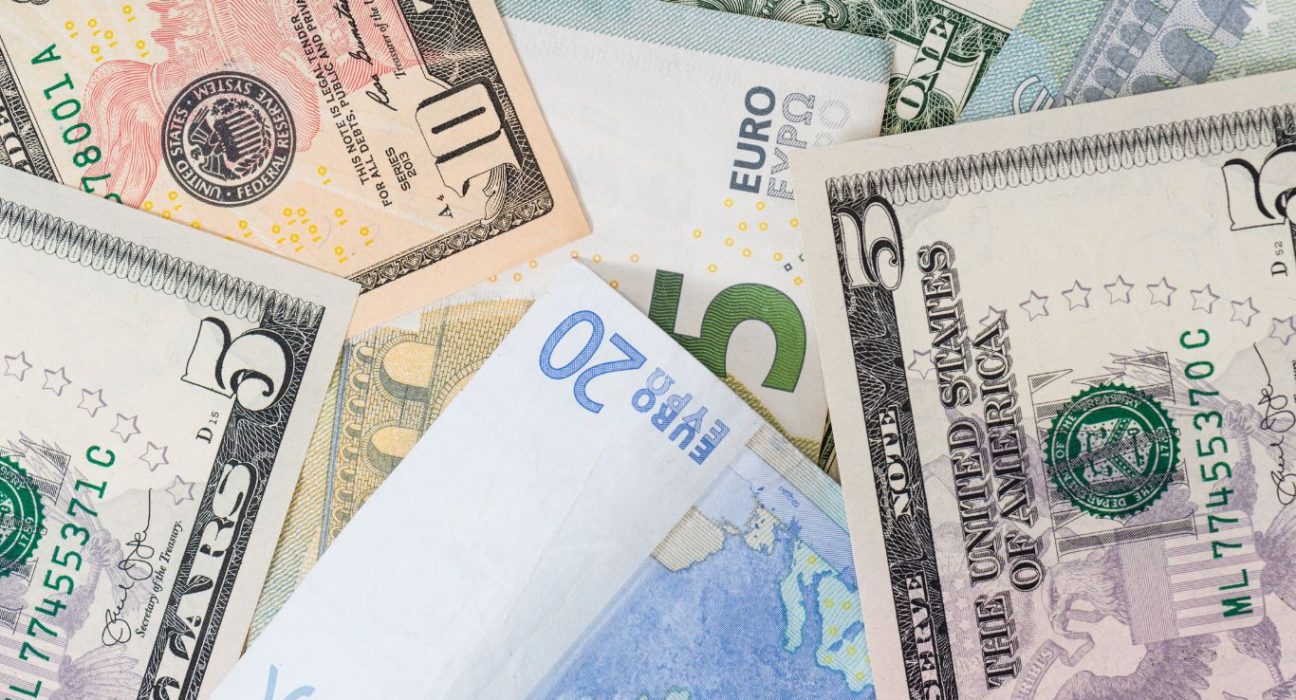Introduction:
Danske Bank economists have maintained their bearish view on the EUR/USD currency pair and continue to forecast a lower exchange rate in the next six-to-twelve months. The bank’s economists cite tighter financial conditions as the main reason for their forecast. In this article, we will explore the reasons behind Danske Bank’s forecast and the potential impact on the currency markets.
Strategic Case for a Lower EUR/USD
According to Danske Bank economists, the strategic case for a lower EUR/USD is based on several factors, including relative terms of trade, real rates (growth prospects), and relative unit labour costs. In other words, the bank believes that the eurozone’s economic performance will be weaker than that of the US, and this will put downward pressure on the euro.
One of the reasons for this belief is the difference in terms of trade between the two regions. The eurozone relies heavily on exports, and any disruptions to global trade could have a negative impact on the region’s economy. In contrast, the US economy is less dependent on exports, and its domestic market is relatively more significant.
Another factor is the difference in real rates or growth prospects between the eurozone and the US. The US economy has shown stronger growth than the eurozone in recent years, and this trend is expected to continue. Higher growth prospects in the US will lead to higher interest rates and, in turn, a stronger dollar.
Finally, Danske Bank points out the difference in relative unit labour costs between the two regions. The bank believes that the eurozone’s higher labour costs will make its exports less competitive than those of the US, putting further pressure on the euro.
Tighter Financial Conditions
Danske Bank economists also cite tighter financial conditions as a reason for their bearish view on the EUR/USD. The bank believes that the US Federal Reserve’s decision to taper its asset purchase program will lead to higher interest rates and a stronger dollar. This will make it more expensive for eurozone borrowers to borrow dollars and repay their debt, putting downward pressure on the euro.
Furthermore, the European Central Bank (ECB) is unlikely to raise interest rates anytime soon. The bank has signaled that it will maintain its accommodative monetary policy until inflation reaches its target of 2%. This divergence in monetary policy between the ECB and the Federal Reserve will put further pressure on the euro.
Forecast for EUR/USD
Based on their analysis, Danske Bank economists forecast that the EUR/USD currency pair will continue to trade lower in the next six-to-twelve months. The bank predicts that the exchange rate will reach 1.02 in this period, down from its current level of around 1.19.
The bank’s forecast takes into account several factors, including the tightening of financial conditions, the difference in growth prospects and labour costs between the eurozone and the US, and the potential for global trade disruptions.
Danske Bank believes that the recent volatility in the currency markets is an indication of the market’s recognition of these factors and the likelihood of a lower EUR/USD exchange rate in the near future.
Conclusion:
Danske Bank economists maintain their bearish view on the EUR/USD currency pair, forecasting a lower exchange rate in the next six-to-twelve months. The bank cites tighter financial conditions, a divergence in growth prospects and labour costs between the eurozone and the US, and the potential for global trade disruptions as the main reasons for their forecast.
While no one can predict the future direction of the currency markets with certainty, Danske Bank’s analysis provides valuable insights into the potential risks and opportunities for investors in the coming months. Traders should continue to monitor the market closely and adjust their strategies accordingly.










